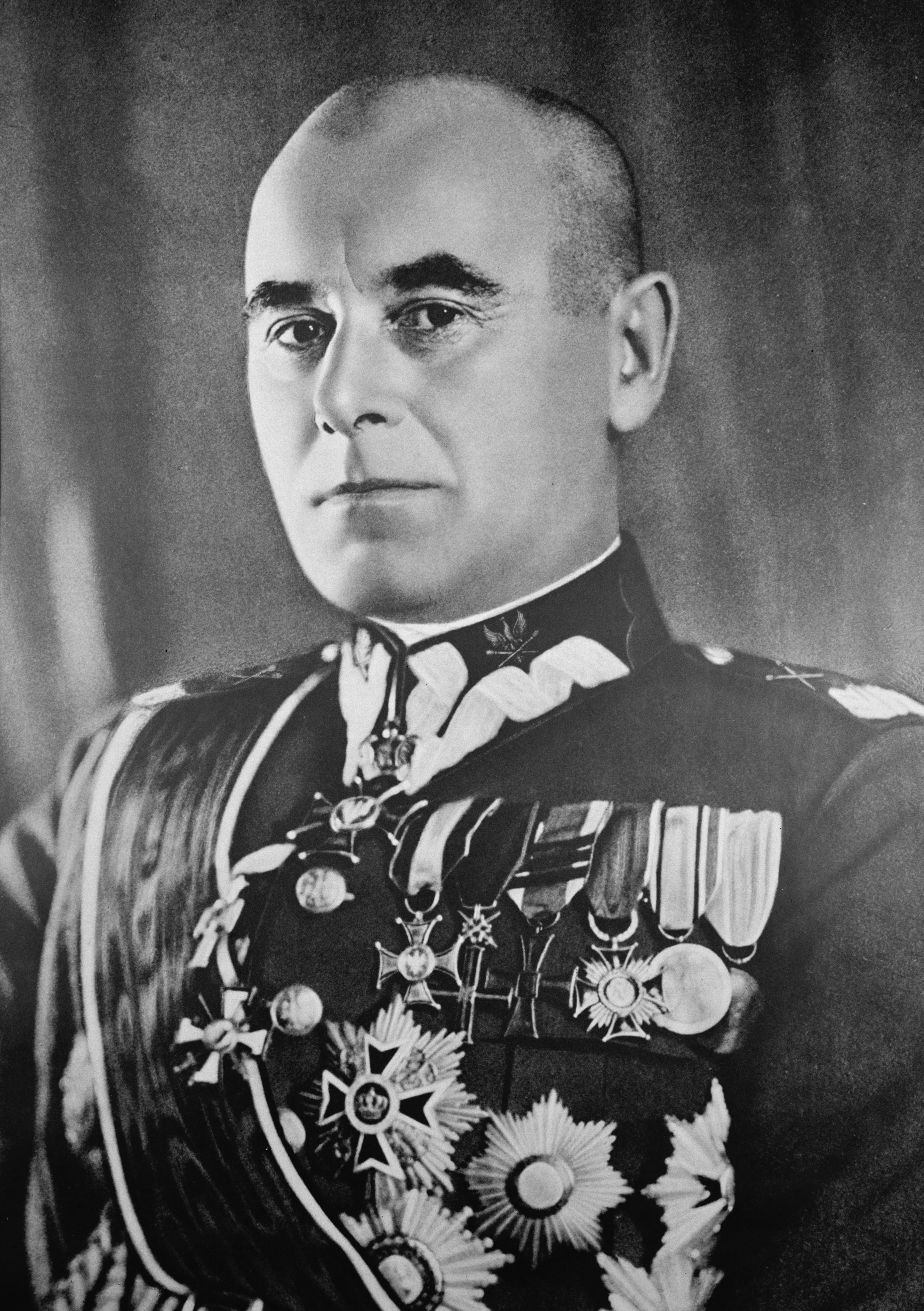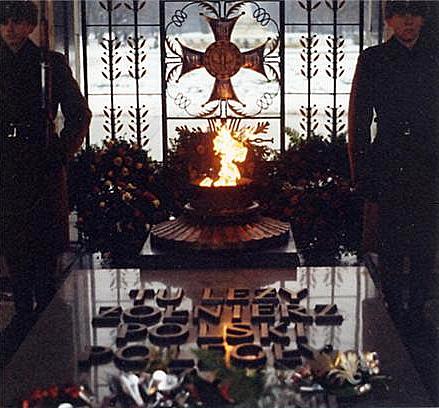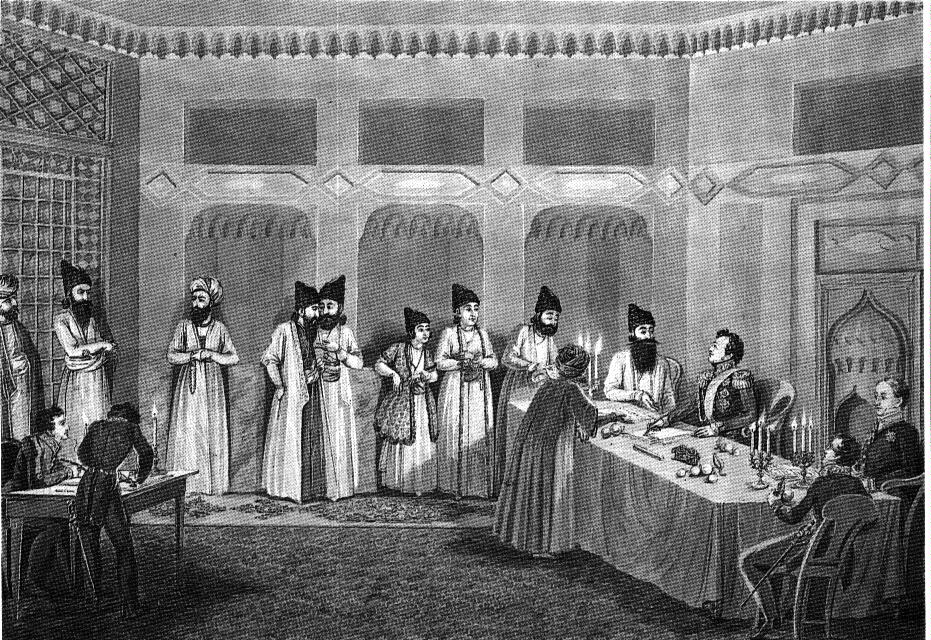|
Prince Józef Poniatowski Monument
The Prince Józef Poniatowski Monument in Warsaw () is a monument currently located at 46/48 Krakowskie Przedmieście in the courtyard of the Presidential Palace. Created by Rome-based Danish-Icelandic sculptor Bertel Thorvaldsen in 1829, it depicts Józef Poniatowski (1763–1813) riding a horse and dressed as Roman general. Description The statue depicts Prince Józef Poniatowski (1763–1813) riding a horse and holding a sword in his right hand. The figure of the prince is modeled on the monument of Marcus Aurelius from the Roman Capitoline Hill. History Creation of the monument The monument's creation was at the behest of Polish aristocracy. Polish aristocrat and diarist Anna Potocka obtained permission from the Tsar to place the monument in front of the Governor's Palace (which is now the Presidential Palace). The monument was commissioned in 1817 from Danish sculptor Bertel Thorvaldsen. In 1829, in Warsaw, he presented a life-size plaster model in classicist form. The pr ... [...More Info...] [...Related Items...] OR: [Wikipedia] [Google] [Baidu] |
Krakowskie Przedmieście
Krakowskie Przedmieście (Polish) (, ) is one of the best known streets of Poland's capital Warsaw, surrounded by historic palaces, churches and manor-houses. It constitutes the northernmost part of Warsaw's Royal Route, and links the Old Town and Royal Castle (at Castle Square) with some of the most notable institutions in Warsaw, including, proceeding southward, the Presidential Palace, Warsaw University, and the Polish Academy of Sciences headquartered in the Staszic Palace. The immediate southward extension of the street along the Royal Route is New World Street. Several other Polish cities also have streets named ''Krakowskie Przedmieście''. In Lublin, it is the main and most elegant street. Other cities include Piotrków Trybunalski, Bochnia, Krasnystaw, Olkusz, Sieradz and Wieluń. History Krakowskie Przedmieście was established in the 15th century as a trade route. It is one of the oldest avenues in Warsaw and the first part of the Royal Route that connect ... [...More Info...] [...Related Items...] OR: [Wikipedia] [Google] [Baidu] |
Nicholas I Of Russia
Nicholas I, group=pron (Russian language, Russian: Николай I Павлович; – ) was Emperor of Russia, List of rulers of Partitioned Poland#Kings of the Kingdom of Poland, King of Congress Poland, and Grand Duke of Finland from 1825 to 1855. He was the third son of Paul I of Russia, Paul I and younger brother of his predecessor, Alexander I of Russia, Alexander I. Nicholas's thirty-year reign began with the failed Decembrist revolt. He is mainly remembered as a reactionary whose controversial reign was marked by geographical expansion, centralisation of administrative policies, and repression of dissent both in Imperial Russia, Russia and among its neighbors. Nicholas had a happy marriage that produced a large family, with all of their seven children surviving childhood. Nicholas's biographer Nicholas V. Riasanovsky said that he displayed determination, singleness of purpose, and an iron will, along with a powerful sense of duty and a dedication to very hard work. ... [...More Info...] [...Related Items...] OR: [Wikipedia] [Google] [Baidu] |
Nazi Germany
Nazi Germany, officially known as the German Reich and later the Greater German Reich, was the German Reich, German state between 1933 and 1945, when Adolf Hitler and the Nazi Party controlled the country, transforming it into a Totalitarianism, totalitarian dictatorship. The Third Reich, meaning "Third Realm" or "Third Empire", referred to the Nazi claim that Nazi Germany was the successor to the earlier Holy Roman Empire (800–1806) and German Empire (1871–1918). The Third Reich, which the Nazis referred to as the Thousand-Year Reich, ended in May 1945, after 12 years, when the Allies of World War II, Allies defeated Germany and entered the capital, Berlin, End of World War II in Europe, ending World War II in Europe. After Hitler was appointed Chancellor of Germany in 1933, the Nazi Party began to eliminate political opposition and consolidate power. A 1934 German referendum confirmed Hitler as sole ''Führer'' (leader). Power was centralised in Hitler's person, an ... [...More Info...] [...Related Items...] OR: [Wikipedia] [Google] [Baidu] |
Marshal Of Poland
Marshal of Poland () is the highest rank in the Polish Army. It has been granted to only six officers. At present, Marshal is equivalent to a field marshal or general of the army (OF-10) in other NATO armies. History Today there are no living Marshals of Poland, since this rank is bestowed only on military commanders who have achieved victory in war. Recently, however, the rank of four-star with the modernised name ''Generał'' has been introduced, and on August 15, 2002, was granted to Czesław Piątas, at present civilian, former Chief of the General Staff of the Polish Armed Forces. List of Marshals In all, the following people have served as Marshals of Poland Poland, officially the Republic of Poland, is a country in Central Europe. It extends from the Baltic Sea in the north to the Sudetes and Carpathian Mountains in the south, bordered by Lithuania and Russia to the northeast, Belarus and Ukrai .... References {{DEFAULTSORT:Marshal Of Poland Military r ... [...More Info...] [...Related Items...] OR: [Wikipedia] [Google] [Baidu] |
Ferdinand Foch
Ferdinand Foch ( , ; 2 October 1851 – 20 March 1929) was a French general, Marshal of France and a member of the Académie Française and French Academy of Sciences, Académie des Sciences. He distinguished himself as Supreme Allied Commander#World War I, Supreme Allied Commander on the Western Front during the World War I, First World War in 1918. A commander during the First First Battle of the Marne, Marne, First Battle of Ypres, Flanders and First Battle of Artois, Artois campaigns of 1914–1916, Foch became Supreme Allied Commander in late March 1918 in the face of the all-out German spring offensive. He successfully coordinated the French, British and American efforts, deftly handling his strategic reserves. He stopped the German offensive and launched a Hundred Days Offensive, war-winning counterattack. In November 1918, Marshal Foch accepted the German cessation of hostilities and was present at the Armistice of 11 November 1918. At the outbreak of war in August 1914 ... [...More Info...] [...Related Items...] OR: [Wikipedia] [Google] [Baidu] |
Tomb Of The Unknown Soldier, Warsaw
The Tomb of the Unknown Soldier () is a monument in Warsaw, Poland, dedicated to the unknown soldiers who have given their lives for Poland. It is one of many such national tombs of unknowns that were erected after World War I, and the most important such monument in Poland. The monument, located at Piłsudski Square, is the only surviving part of the Saxon Palace that occupied the spot until World War II. Since 2 November 1925 the tomb houses the unidentified body of a young soldier who fell during the Defence of Lwów. Since then, earth from numerous battlefields where Polish soldiers have fought has been added to the urns housed in the surviving pillars of the Saxon Palace. The Tomb is constantly lit by an eternal flame and assisted by a guard post provided by the three companies of the 1st Guards Battalion, Representative Regiment of the Polish Armed Forces. It is there that most official military commemorations take place in Poland and where foreign representatives l ... [...More Info...] [...Related Items...] OR: [Wikipedia] [Google] [Baidu] |
Saxon Palace
The Saxon Palace () in Warsaw, Poland, was a historic architectural landmark located on Piłsudski Square in the heart of the Polish capital. Originally built in the 17th century as a noble residence, it was later expanded and transformed into a royal palace under the Saxon House of Wettin in the 18th century. The building underwent several modifications over the centuries, most notably in the 19th century when it was redesigned in the neoclassicalstyle with a distinctive colonnade. The palace played a significant role in Polish history, serving as a military and government headquarters, including housing the General Staff of the Polish Army in the interwar period. It was also the site where Polish cryptologists first broke the German Enigma Cipher in 1932. Destroyed by the Germans during the Second World War, only a small section of its colonnade survived, which now houses the Tomb of the Unknown Soldier. Plans for the palace’s reconstruction have been discussed since the pos ... [...More Info...] [...Related Items...] OR: [Wikipedia] [Google] [Baidu] |
Piłsudski Square
Piłsudski Square (), is the largest city square of Poland's capital, located in the Warsaw city centre. The square is named after Marshal Józef Piłsudski who was instrumental in the restoration of Polish statehood after World War I. Official website. Current and previous names Over the centuries, the square has been named successively as Saxon Square (''Plac Saski'') after Poland's Saxon kings, with the Saxon Palace standing adjacent to the square, but destroyed in World War II; then Piłsudski Square (after ) during the |
Royal Castle, Warsaw
The Royal Castle in Warsaw ( ) is a state museum and a List of Historic Monuments (Poland), national historical monument, which formerly served as the official Castle, royal residence of several List of Polish rulers, Polish monarchs. The personal offices of the king and the administrative offices of the royal court were located in the Castle from the 16th century until the final Partitions of Poland, partition of Poland in 1795. Situated in the Castle Square, Warsaw, Castle Square, at the entrance to the Old Town, Warsaw, Old Town, the Royal Castle holds a significant collection of Polish and European art. The Royal Castle witnessed many notable events in Poland's history; the Constitution of 3 May 1791, first of its type in Europe and the world's second-oldest codified national constitution, was drafted here by the Great Sejm, Four-Year Parliament. The edifice was redesigned into a Neoclassical architecture, neoclassical style following the partitions of Poland. Under the Secon ... [...More Info...] [...Related Items...] OR: [Wikipedia] [Google] [Baidu] |
Peace Of Riga
The Treaty of Riga was signed in Riga, Latvia, on between Poland on one side and Soviet Russia (acting also on behalf of Soviet Belarus) and Soviet Ukraine on the other, ending the Polish–Soviet War (1919–1921). The chief negotiators of the peace were Jan Dąbski for the Polish side and Adolph Joffe for the Soviet side. Under the treaty, Poland recognized Soviet Ukraine and Belarus, abrogating its 1920 Treaty of Warsaw with the Ukrainian People's Republic. The Treaty of Riga established a Polish–Soviet border about east of the Curzon Line, incorporating large numbers of Ukrainians and Belarusians into the Second Polish Republic. Poland, which agreed to withdraw from areas further east (notably Minsk), renounced claims to the Polish–Lithuanian Commonwealth's border prior to the 1772 First Partition of Poland, recovering only those eastern regions ( Kresy) lost to Russia in the 1795 Third Partition. Russia and Ukraine agreed to withdraw their claims to lands we ... [...More Info...] [...Related Items...] OR: [Wikipedia] [Google] [Baidu] |
Ivan Paskevich
Count Ivan Fyodorovich Paskevich-Erevansky, Serene Prince of Warsaw ( – ) was a Russian military leader who was the ''namiestnik'' of Poland. Paskevich is known for leading Russian forces in Poland during the November Uprising and for a series of leadership roles throughout the early and mid-19th century, such as the Russo-Persian War of 1826–1828, and the beginning phase of the Crimean War. In Russian history, he is remembered as a prominent military commander, rated on a par with Ivan Dibich-Zabalkansky, commander of the Russian armies during the same time. Paskevich started as an officer during the Napoleonic Wars serving in the battles of Austerlitz and Borodino. After the war, he was a leader in the Russo-Persian War. He was made count of Yerevan in 1828. Afterwards, he became the ''namiestnik'' of Poland in 1831 after he crushed the Polish rebels in the November Uprising. He then helped crush the Hungarian Revolution of 1848. His last engagement was the Crimean ... [...More Info...] [...Related Items...] OR: [Wikipedia] [Google] [Baidu] |






